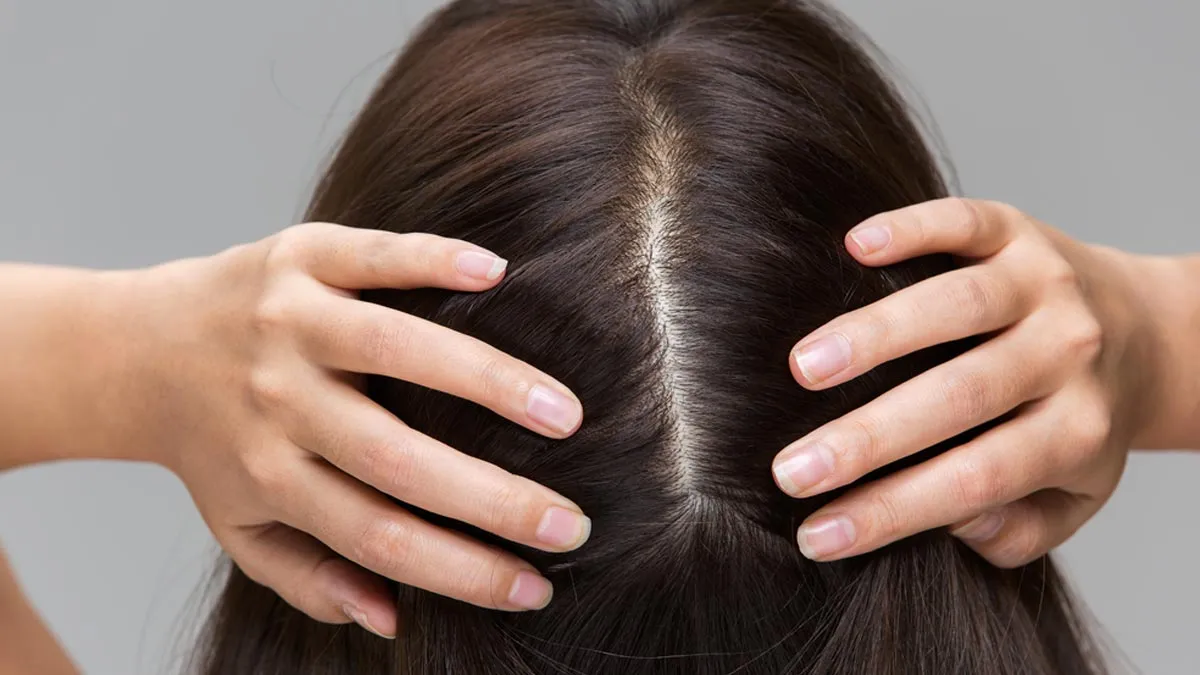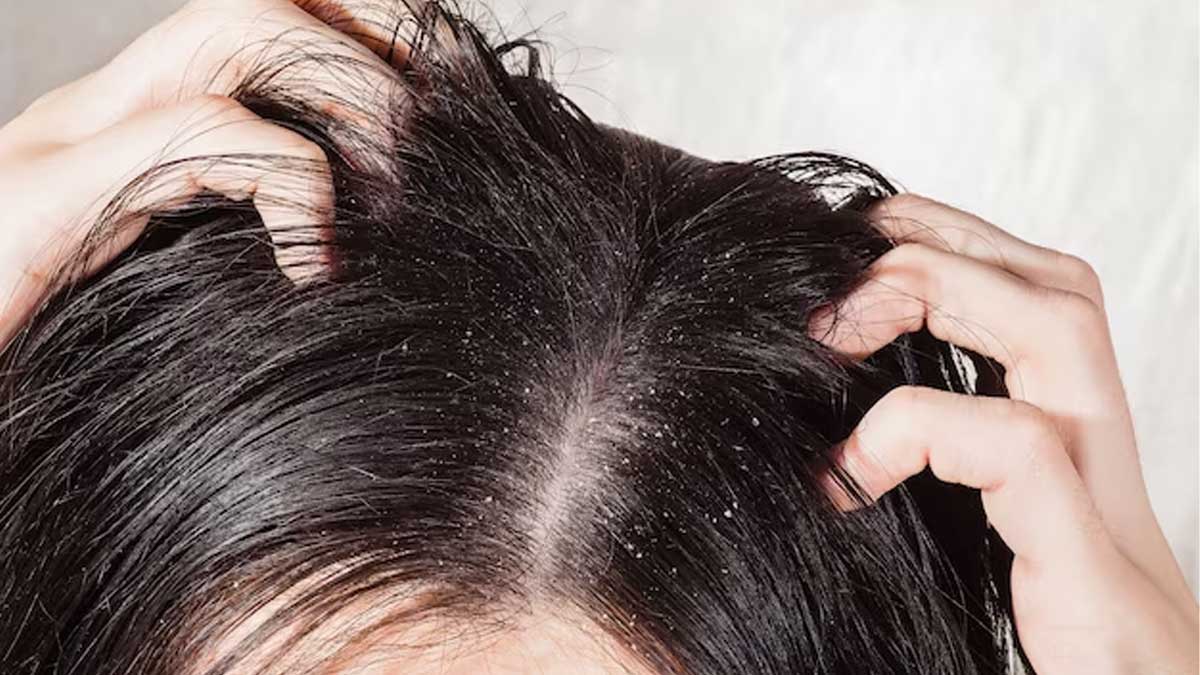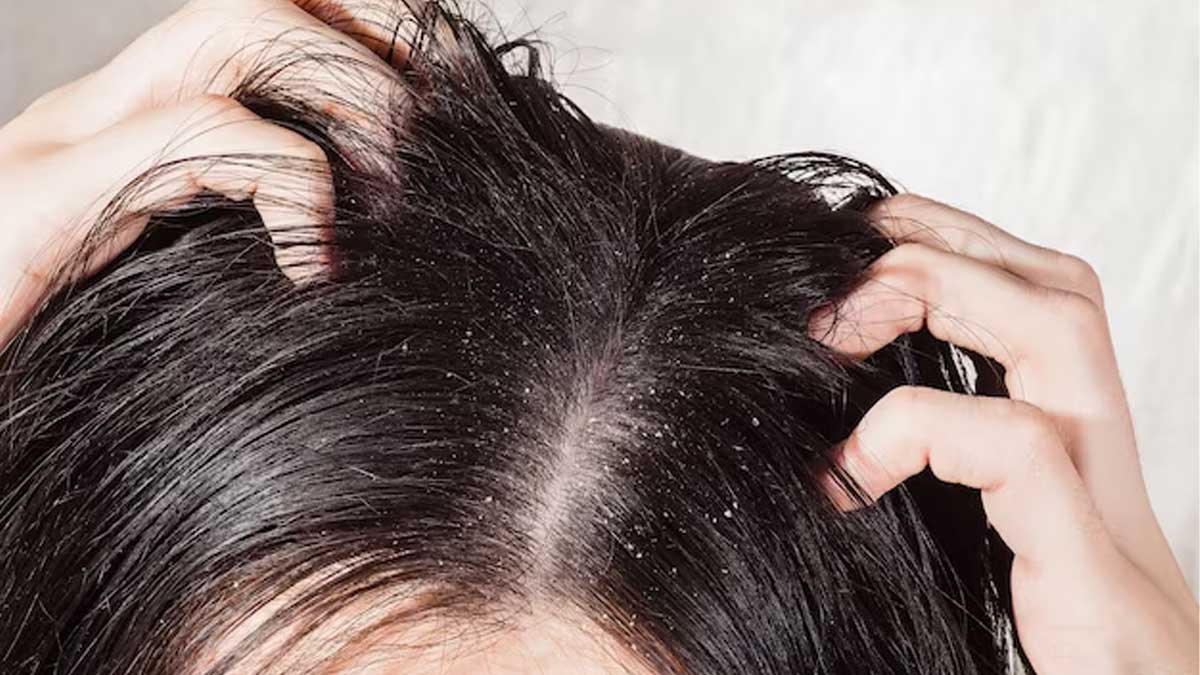
Is your hair flat and greasy within hours of washing? Do you find yourself grabbing the dry shampoo or washing your hair again more than you'd care to admit? Oily scalp is a frequent source of frustration, contributing to flat, lank locks, and sometimes even itch or discomfort. But fear not! Managning oily residue on your scalp is well within reach with the right information and regular care.
Table of Content:-
Understanding the Cause of the Problem: Why is My Scalp Greasy?
In an exclusive interaction with the editorial team of Onlymyhealth, our expert, Dr Sanjeev Gulati, Department of Dermatology, Sharda Hospital - Noida, explained why your scalp could be producing excess oil before we get into the solutions. According to him, the usual suspects are usually a mix of the following:
- Overactive Sebaceous Glands: Your scalp, as with the rest of your body, has sebaceous glands that secrete sebum, a natural oil that helps keep your hair and skin moisturised and protected. But some individuals have more active glands naturally.
- Genetics: If your parents' skin or hair are oily, there's a good chance yours may be too.
- Hormonal Shifts: Androgens, a hormone, can trigger sebum production. This is why so many people have oilier scalps when they're in puberty, menstruation, pregnancy, or under extreme stress.
- Poor Hair Hygiene: Over-washing, applying the wrong products, or inadequate rinsing
- Diet: Although not a direct cause, diet, including high-refined-sugar diets and unhealthy fat diets, has some studies indicating a correlation with sebum overproduction.
- Stress: Stress can induce hormonal imbalance, and that imbalance can result in excess oil production.
- Environmental Factors: Pollution and humidity can also make skin feel greasy.
Also Read: Haircare: Tips To Get Rid Of Post-Braid Buildup

Your Action Plan: How to Manage Oily Buildup
Now that we've learned the ‘why,’ let's understand into the ‘how.’ Here's a step-by-step approach to keep that oil in check:
1. Master Your Wash Routine
This is quite possibly the most essential step.
- Frequency is the Secret (But Not What You're Thinking): Try to shampoo your hair every other day, or even two to three days at a time, if you can. This permits your scalp's own natural oil production to balance itself. If you work out a lot or reside in a hot and humid place, you will probably have to shampoo more often.
- Use the Right Shampoo: Search for ‘clarifying,’ ‘volumising,’ or ‘balancing’ shampoos. They are usually designed to eliminate excess oil without stripping the hair of its natural oils. Steer away from shampoos that are very moisturising and heavily oiled.
- Correct Use: Use shampoo mostly on your scalp, using gentle massage with your fingertips (not your nails) to remove oil and dirt. Allow the foam to cascade down the length of hair when you wash it.
- Condition with Care: Use conditioner only on the ends of hair, never on the scalp. Use a light, oil-free conditioner. Wash thoroughly until your hair is clean and product-free.
- Lukewarm Water is Your Friend: Hot water stimulates sebaceous glands. Use lukewarm water to wash and cool water at the end of your routine to seal the hair cuticle.
2. Product Power: Smart Choices Matter
In addition to shampoo and conditioner, pay attention to your other hair products.
- Lightweight Styling Products: Use mousses, gels, or light sprays. Steer clear of heavy creams, serums, or waxes that coat the hair and cause oiliness.
- Dry Shampoo – Your Emergency Best Friend: Dry shampoo is a savior for prolonging time between washing. Use it on your roots when your hair begins to become greasy, targeting the oily sections. Brush through well in order to distribute.
- Cleanse Your Tools: Wash your hairbrushes and combs frequently to get rid of oil and product buildup, which will transfer back onto your hair.

3. Lifestyle and Diet Changes
These habits can assist in the management of an oily scalp.
- Healthy Diet: Emphasise a diet full of whole foods, fruits, vegetables, and lean proteins. Avoid processed foods, high sugar, and unhealthy fats.
- Hydration: Adequate water intake is vital to overall health, including scalp health.
- Stress Management: Incorporate activities that promote stress reduction into your daily life, including yoga, meditation, exercise, or simply spending time outdoors.
- Hands Off! Try not to touch your hair and scalp too much during the day. This can transfer oil from your hands and encourage oil production.
4. Natural and Home Remedies (Use with Caution)
A few natural remedies can provide temporary relief, but patch test first always.
- Apple Cider Vinegar Rinse: Mix apple cider vinegar with water (1 part ACV and 3-4 parts water) and use as a rinse following shampooing. It can balance scalp pH and eliminate buildup. Rinse completely afterwards.
- Aloe Vera: Aloe vera gel, with its soothing quality, can be applied directly to the scalp to soothe irritation and possibly curb oiliness.
When to Seek Professional Help
Dr Gulati suggested that if despite consistent efforts, your oily scalp persists or is accompanied by other concerns like severe itching, redness, flaking, or hair loss, it's time to consult a professional.
Bottomline
Managing an oily scalp is a continuous process, not a quick solution. If you know why it happens, follow a regular and specific hair care regime, and make conscious lifestyle adjustments, you can have a healthier, less greasy scalp and fresh, voluminous hair each day. Remain patient, be consistent, and enjoy the process to an even scalp!
Also watch this video
How we keep this article up to date:
We work with experts and keep a close eye on the latest in health and wellness. Whenever there is a new research or helpful information, we update our articles with accurate and useful advice.
Current Version